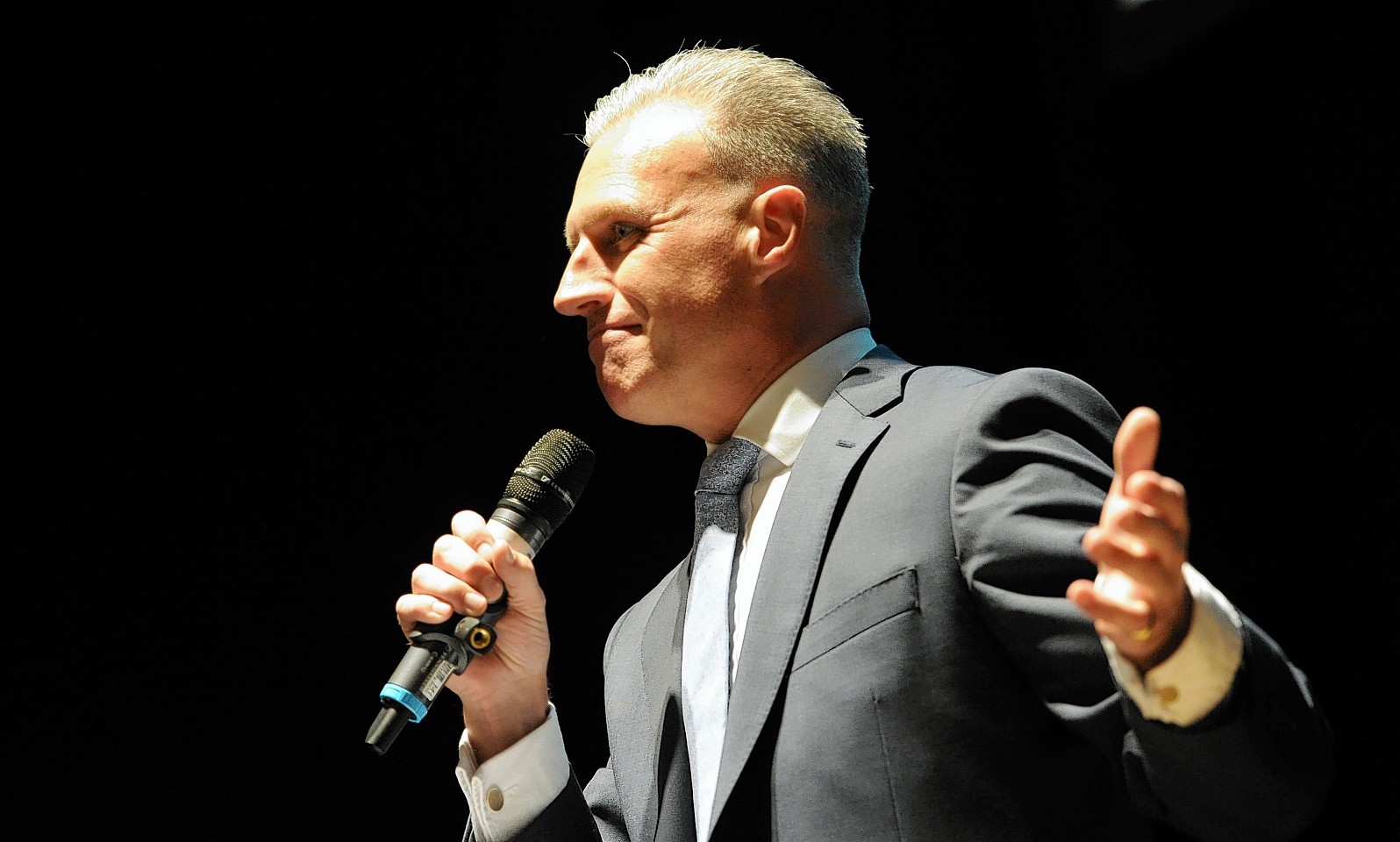Aberdeenshire Council could spend £100,000 on employing a Gaelic language officer to promote Scotland’s mother tongue in the Doric heartland.
Councils across Scotland have been tasked with preserving and promoting the struggling Scots language.
Last year, Aberdeenshire Council approved an action plan to increase the number of people who can speak the ancient language, despite councillors admitting they would rather work to promote Doric.
Their proposals to introduce Gaelic to workplaces, schools and homes ranged from offering lunchtime and evening classes, to creating signs at the entrance to new council buildings across the north-east.
But now public body Bord na Gaidhlig – which is responsible for boosting Gaelic across the country – has made modifications to the plan.
The body is demanding the council foot a £305,488 bill to implement an abridged plan, after concluding its proposals for Gaelic on council signs and corporate identity did not meet requirements.
Among the amendments is the appointment of a Gaelic language officer within the council, at a cost of £100,722 for a fixed three-year term.
It also wants road signs along key north-east routes and Aberdeenshire Council’s logo to be “bilingual”, at an estimated cost of £204,766.
Council officers however, have admitted in a report to the policy and resources committee, that this recommendation by the bord would be met with a “negative public response”.
Last night north-east traditional singer and balladeer Robert Lovie added his opposition the plans, describing it as a “terrible insult to Doric”.
Mr Lovie, who is the property manager at Fyvie Castle, said: “We do our best to keep the Doric and alive and going, and Gaelic is a beautiful language, but it is not something we use here.
“Every area has got its own special things that make it unique. I have got nothing against Gaelic. I think all the Gaelic speakers are trying to keep the Gaelic alive on the west and we are trying to keep the Doric alive in the east.
“It would be a terrible insult to Doric to get Gaelic signposts put up, we are trying to keep our own language alive. It is a big struggle to keep the Doric alive. It would be giving a false statement.
“We have got a wonderful, lovely attachment to the people, landscape and culture of our area through the Doric.”
On Thursday, council officers will tell the policy and resources committee they could reject the proposed signs on the grounds it would “result in the loss of Aberdeenshire’s corporate and regional identity”.
This option also states the council have “no plans to re-brand in the current economic climate” – but would consider measures to adopt the Gaelic language alongside the council’s “service priorities”.
A third option open to councillors would be to totally reject the proposed changes to the Gaelic language plan at a minimal cost to the council. However, the Scottish Government may then step in.
Alan Wood, the council’s director of business services, said: “This may result in a positive response from those residents who do not support Gaelic language mainstreaming but may disenfranchise those who would welcome additional Gaelic recognition.”
He adds that the bord’s plans could be included when the council is drafting its second Gaelic language plan in 2020.
Gaelic was spoken in Aberdeenshire for centuries, with strongholds in Deeside holding onto the tongue until as late as the 1800s. The final speaker of the Deeside variation of the language was Braemar woman Jean Bain, who died in 1984.
And last night North-east MSP Lewis Macdonald said he would welcome the promotion of the Gaelic language across Aberdeenshire.
The Labour politician – who is originally from the Isle of Lewis, one of the bastions of the Gaelic tongue – said: “If you look around Aberdeenshire a lot of the place names, especially inland, are Gaelic like Ballater, Braemar and Inverurie.
“I think the main thing is it is not about either Gaelic or Doric, it is much more about recognising and supporting a whole range of language traditions in the north-east – Gaelic is certainly one of them.
“You don’t have to say no to Gaelic to be supportive of Doric.”
